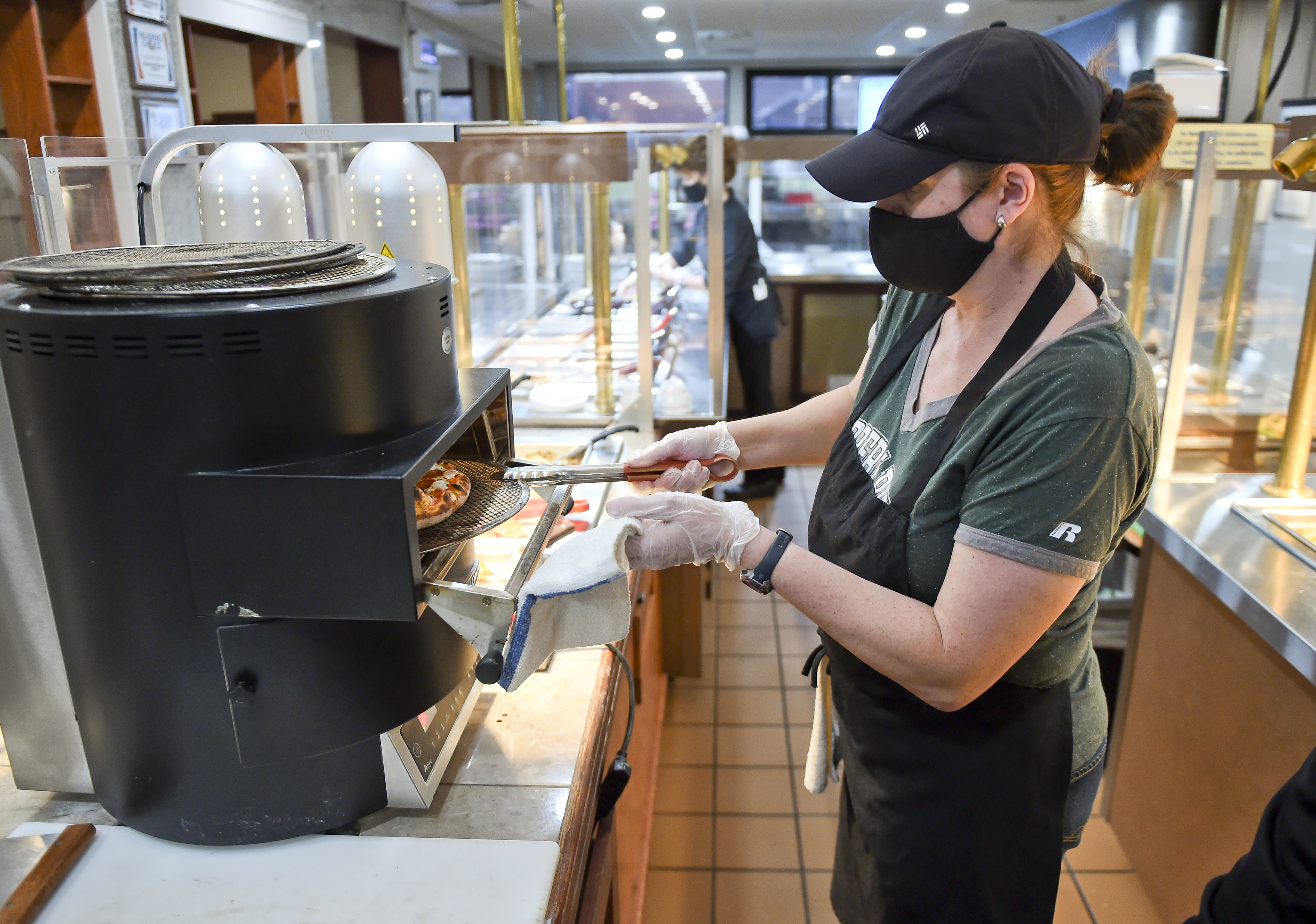Hiring increased in February, as US economic activity accelerated amid a progressive decline in Covid-19 cases and vaccines gave hope for further growth in the future.
The Labor Department reported on Friday that the non-farm payroll increased by 379,000 in the month and the unemployment rate fell to 6.2%. This is in comparison with the expectations of 210 thousand new jobs and the unemployment rate remains stable in relation to the rate of 6.3% in January.
An alternative measure of unemployment that includes discouraged workers and those who have part-time jobs for economic reasons remained unchanged at 11.1%.
“Today’s jobs report sets an extremely positive tone as we move into the warmer months and the pace of COVID-19 vaccinations accelerates,” said Tony Bedikian, head of global markets at Citizens Bank. “Although the job market still has a lot to do, we are in a different place than we were a year ago and the economy looks set for a strong recovery.”
Almost all earnings from jobs came from the battered leisure and hospitality sector, which saw an increase of 355,000 amid easing restrictions on restaurants in some areas. Bars and restaurants won 286,000 jobs, while hotel-related hiring totaled 36,000 and entertainment, gambling and recreation companies added 33,000.
Despite the gain, the sector is still 3.5 million below the level of employment a year ago, just before the worst of the pandemic. The acceleration in hiring caused the sector’s unemployment rate to drop from 15.9% a month ago to 13.5%; the accommodation and food subsector saw its unemployment rate drop from 15.3% to 12.7%.
Stock market futures rose sharply after the report, with Dow industrialists aiming for a gain of 235 points at the opening. Yields on government bonds were also higher.
Friday’s report showed that hiring was also stronger in January than initially indicated, with that month’s count revised from 49,000 to 166,000. However, the December count was revised down from a loss of 227,000 to a fall of 306,000.
Healthcare jobs in February increased by 46,000, while retail added 41,000. Manufacturing also saw an increase of 21,000.
Several sectors saw losses.
Local and state government jobs in education have fallen by 69,000, while construction has declined by 61,000 and mining has lost 8,000.
Altogether, there were still 8.5 million fewer Americans in employment in February compared to the previous year, a total that fell only slightly from January. The size of the workforce increased by 50,000, but the labor force participation rate remained stable at 61.4%, 1.9 percentage points below the previous year.
The average workweek also decreased during the month, dropping 0.3 hours to 34.6 hours.
Employment growth slowed in late 2020 amid an increase in cases and new government-imposed shutdowns during the winter. Still, most economic indicators continued to rise, and GDP growth in the first quarter is likely to defy previous expectations of a stable or only slightly better environment.
Federal Reserve officials have been watching job numbers closely, not only for the overall growth in payroll and the drop in the unemployment rate, but also for the breadth of job recovery. The central bank promised not to raise interest rates until it saw gains spread across income, gender and racial lines, even if it meant risking higher inflation.
There was bad news on that front in February: the unemployment rate among blacks rose to 9.9%, from 9.2% a month ago. The rate for Hispanics fell from 8.6% to 8.5%, while the rate for Asians fell from 6.6% to 5.1%.
Fed Chairman Jerome Powell reiterated that position on Thursday, saying he does not expect the US economy to meet the central bank’s targets at any time this year.
Despite the February gain, the job market still has a long way to go, with millions of workers displaced by the pandemic still in search of jobs. Recent indicators show that job offers continue to increase, but still at a rate well below what is necessary for a full recovery.
These are breaking news. Please check back here for updates.
